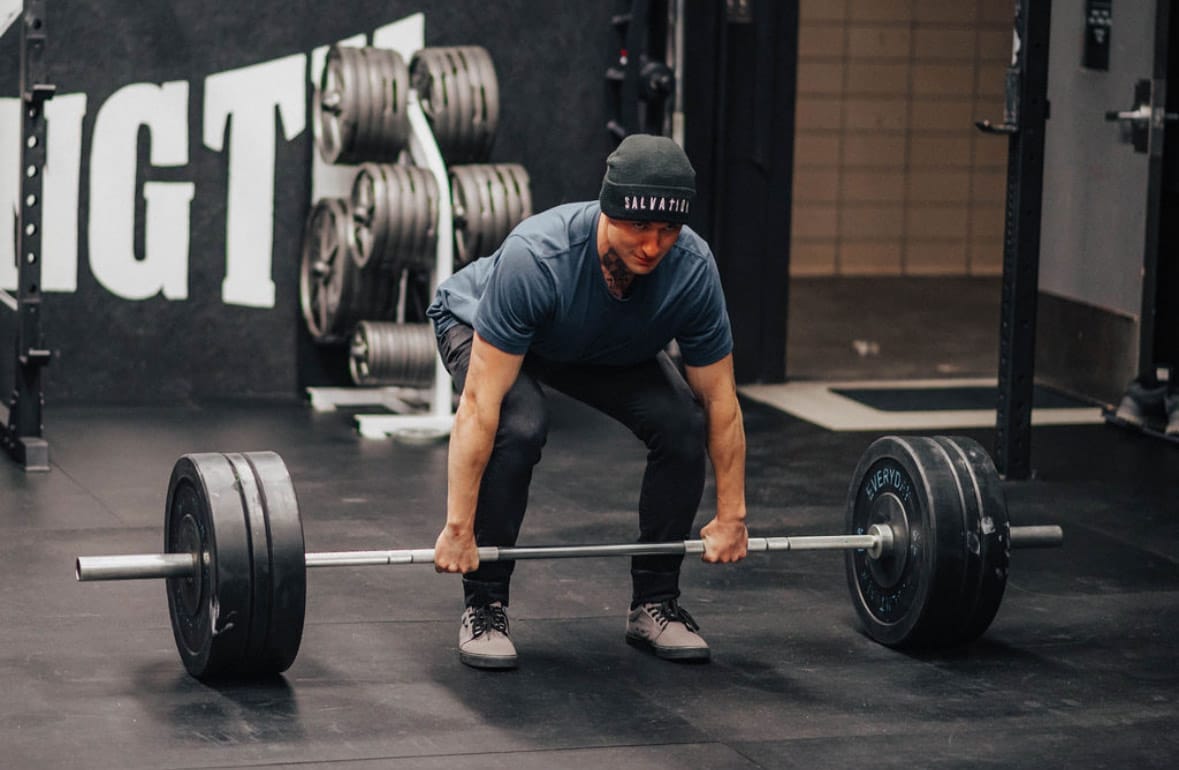
The Difference Between Training for a 1 Rep Max and Using Strength Training for Lifelong Strength
Strength training is a versatile tool that can serve a multitude of goals, from improving overall health and fitness to achieving peak performance in specific lifts. One of the most debated topics in the strength training community is the value of training for a 1 rep max (1RM) versus using strength training as a means to enhance everyday life. Here, we’ll delve into the pros and cons of training for a 1RM and contrast it with a more holistic approach to strength training aimed at improving daily life.
What is a 1 Rep Max?
A 1 rep max is the maximum amount of weight you can lift for one repetition of a given exercise. It’s a common measure of absolute strength, used to assess progress and set training loads. Athletes often train specifically to improve their 1RM in lifts like the squat, deadlift, and bench press.
Pros of Training for a 1 Rep Max
1. Objective Progress Measurement: Training for a 1RM provides a clear, objective measure of strength. Seeing your 1RM increase is a concrete indicator of progress and can be highly motivating.
2. Maximal Strength Development: Focusing on 1RM training helps in developing maximal strength. This can be particularly beneficial for powerlifters, weightlifters, and athletes in sports requiring explosive power.
3. Mental Toughness: Pushing to lift your maximum weight builds mental resilience and fortitude. The psychological challenge of lifting near your limits can improve focus and determination.
4. Technical Precision: Training for a 1RM often requires honing technique to maximize efficiency and safety. This emphasis on form can lead to better movement patterns and injury prevention in other training contexts.
Cons of Training for a 1 Rep Max
1. Injury Risk: Lifting maximal weights frequently can increase the risk of injury, particularly if form breaks down under heavy loads or if adequate recovery isn’t prioritized.
2. Recovery Demand: High-intensity 1RM training places significant stress on the body, requiring longer recovery times. This can limit the frequency of training and may impact other aspects of fitness.
3. Narrow Focus: Exclusively training for a 1RM can lead to imbalances, as it often neglects other important aspects of fitness such as endurance, mobility, and general physical preparedness.
4. Plateaus: Progressing in 1RM can become increasingly difficult, leading to plateaus that can be frustrating and demotivating.
Strength Training to Improve Your Life
In contrast to 1RM training, using strength training to enhance your daily life focuses on functional strength, overall well-being, and longevity. This approach emphasizes balanced development, sustainable progress, and practical applications.
Benefits of Life-Improving Strength Training
1. Functional Strength: Training movements that mimic everyday activities (e.g., squats, deadlifts, overhead presses) can enhance your ability to perform daily tasks with ease and reduce injury risk.
2. Sustainability: A balanced training regimen that incorporates various modalities (strength, mobility, endurance) can be maintained over the long term, promoting lifelong fitness.
3. Overall Health: Strength training improves muscle mass, bone density, metabolic health, and cardiovascular fitness, contributing to a healthier and more vibrant life.
4. Flexibility and Mobility: Including flexibility and mobility exercises in your routine can enhance joint health, reduce pain, and improve overall movement quality.
5. Mental Well-Being: Regular strength training can boost mood, reduce stress, and enhance mental clarity, contributing to better mental health.
Practical Tips for Balancing Both Approaches
1. Periodization: Incorporate phases of high-intensity 1RM training with phases focused on hypertrophy, endurance, and functional training. This can provide the benefits of both approaches while reducing the risk of burnout and injury.
2. Listen to Your Body: Pay attention to how your body responds to different types of training. Adjust intensity and volume based on recovery and overall well-being.
3. Diversify Training: Include a variety of exercises and training modalities to address all aspects of fitness, from strength and power to mobility and endurance.
4. Set Realistic Goals: Align your training goals with your lifestyle needs. If improving daily life is a priority, focus on functional movements and overall health rather than solely on 1RM performance.
Lets Wrap it up
Training for a 1 rep max and using strength training to improve your life are not mutually exclusive goals. By understanding the pros and cons of each approach, you can tailor your training to fit your specific needs and aspirations. Whether you aim to lift the heaviest weight possible or simply move through life with greater ease and confidence, strength training has a place in your fitness journey. At Grit Athletics, we believe in a balanced approach that empowers you to get stronger for real, enhancing both performance and quality of life.
Ready to join the Grit Crew?

